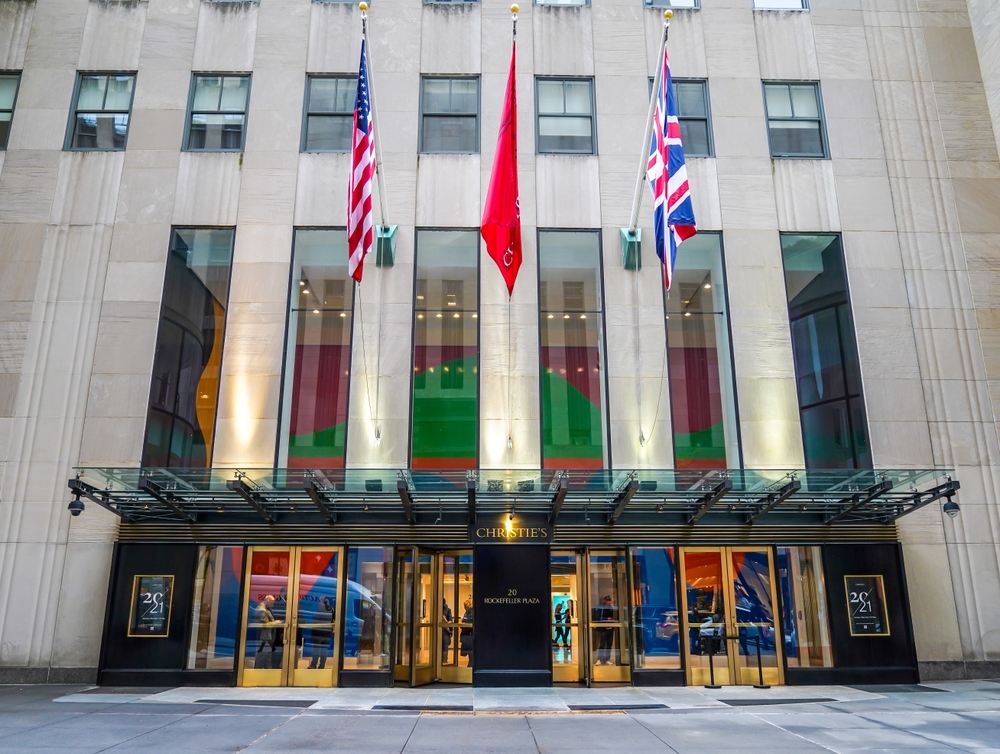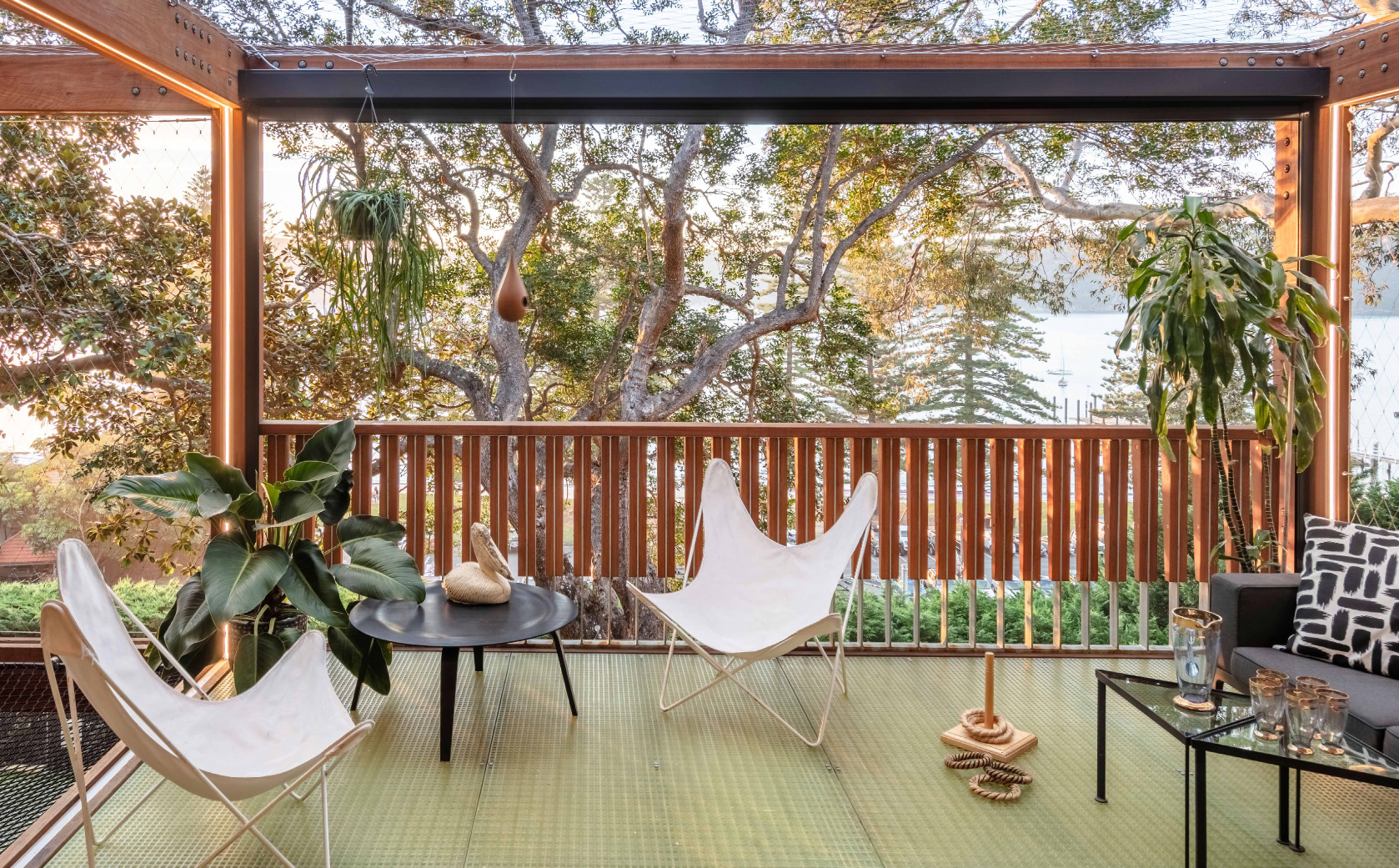Packard Foundation Pledges $480 Million to Ocean Conservation Over the Next Five Years
Over the next five years, the David and Lucile Packard Foundation will be committing US$480 million to an initiative dedicated to ocean conservation.
The foundation made the announcement on April 17 during the closing ceremony of the ninth Our Ocean Conference, held in Athens, Greece.
“Ocean science and conservation are core to the Packard Foundation’s DNA,” wrote Meg Caldwell, interim vice president of environment and science, in an email. “The next phase of the Packard Foundation’s commitment to ocean health, the 10-year (2023-33) Ocean Initiative, aims to protect and restore ocean ecosystems for people and nature, now and in the future.”
The support from the funding will be focused in four countries, Chile, China, the U.S., and Indonesia, which were selected because of their “biological significance, human dependence on ocean ecosystems, and opportunities to affect positive changes,” Caldwell says.
The foundation’s ocean initiative will specifically address three primary threats: climate change, unsustainable overfishing, and habitat loss. These issues not only harm ocean ecosystems, but also the countless people who rely on the ocean for “their livelihoods, nutrition, and cultural heritage, disproportionately impacting Indigenous peoples and coastal communities,” Caldwell says.
Caldwell emphasises the need to include these groups of people in the conversations and actions regarding ocean conservation.
“Weak governance and seafood supply chains that put profit ahead of people compound these threats, allowing human rights abuses and inequities to persist,” she says.
The foundation plans to address these threats by funding work within three systems: civil society, to strengthen “the engagement of ocean-reliant communities” to create more inclusive solutions; seafood supply chains, to end illegal fishing, overfishing, and human rights abuses; and governance, to enact reform that will protect both the ocean and the reliant communities.
The Packard Foundation is also a part of the Ocean Resilience and Climate Alliance, which is a philanthropic initiative working to address the climate crisis and its damage to the ocean. ORCA’s mission is “to provide a surge of more than US$250 million dollars in grants over four years to catalyze work across a handful of immediate ocean-climate priorities,” according to their website.
 Copyright 2020, Dow Jones & Company, Inc. All Rights Reserved Worldwide. LEARN MORE
Copyright 2020, Dow Jones & Company, Inc. All Rights Reserved Worldwide. LEARN MORE
This stylish family home combines a classic palette and finishes with a flexible floorplan
Just 55 minutes from Sydney, make this your creative getaway located in the majestic Hawkesbury region.
A new report on the impact of cost of living pressures reveals a stark contrast between age groups in investment strategies
Four in five Australians say they have changed their investment and savings goals over the past 12 months, with 44 percent doing so primarily to make ends meet during the cost–of–living crisis. A further 25 percent say they’ve switched strategies to protect their wealth against inflation, according to a new survey by financial advisory firm, Findex.
The Superannuation and Retirement Insights report shows Australians have also changed their goals to grow their wealth (31 percent), to create a regular income stream (29 percent) and to reduce taxes (17 percent). Transferring wealth to their children or other family members has motivated 10 percent of Australians to alter their investment plans, which is likely reflective of the increasing role played by the Bank of Mum and Dad in young people’s first home purchases.
The report found that traditional investment avenues, such as property and superannuation, remain the most popular choices, with more than eight out of 10 survey respondents ranking these asset classes highly. But there is also an increasing inclination towards investments that offer the potential for quicker returns, additional perceived safety, and better liquidity or accessibility to funds.
Eighty percent of survey respondents also nominated bank savings as among their top five investment choices right now, followed by shares (66 percent) and cash (51 percent).
“This shift reflects a broader strategy to mitigate current financial uncertainties, balancing the pursuit of long-term wealth accumulation with the need for immediate financial security,” the report says.
While superannuation is considered a cornerstone investment for retirement and long-term wealth accumulation, 85 percent of Australians are exploring investments outside superannuation. The most common investments outside super are bank savings (64 percent), property (38 percent), cash (35 percent) and shares (34 percent).
However, when the data is broken down by generation, stark differences are revealed in how each age cohort chooses to invest their spare income and why.
Most popular investments outsider super and the motivations to invest by generation
Baby Boomers (born 1965-1964)
Outside superannuation, Baby Boomers prefer to invest in bank savings (60 percent), property (50 percent) and shares (46 percent).
By far, their primary motivation for investing is planning for retirement (80 percent). They also want to build wealth (51 percent) and support their children or other family members (25 percent). Other motivations include preserving wealth to beat inflation (22 percent) and paying off a mortgage or other debt (20 percent). They are the least likely generation to be saving for an investment property.
Gen Xers (born 1965–1980)
Gex Xers prefer to invest in bank savings (57 percent), property (43 percent) and shares (36 percent).
They are motivated to invest for retirement (66 percent), to build wealth (50 percent), to save for emergencies (36 percent), and to pay off a mortgage or other debt (30 percent). Interestingly, Gen X is the generation most concerned with supporting their children or family members (33 percent). This may be because Gen Xers have grown up during Australia’s long-standing property boom that began in the late 1990s and continues today.
Millennials (born 1981-1996)
Millennials have the strongest interest in bank savings as an investment avenue (70 percent), followed by property at 41 percent. They also like cash (35 percent) and shares (33 percent). Millennials have the highest uptake of exchange-traded funds (ETFs) at 21 percent. ETFs are a relatively new type of asset class, with the first ones trading on the ASX in 2001. ETFs are a basket of shares that can be purchased in a single transaction for instant diversification. Millennials are also the generation most interested in cryptocurrencies, with 22 percent invested.
Their biggest motivations for investing are to build wealth (55 percent), save for emergencies (50 percent) and plan for retirement (49 percent). They also want to support their kids (32 percent) and pay off their mortgage (32 percent). Millennials are the generation most likely to be saving for an investment property (28 percent) rather than a first home (17 percent).
Gen Zs (born 1997-2009)
Gen Zs spread their money across more asset classes than their elders. They like investing in bank savings (66 percent), cash (42 percent), shares (22 percent), ETFs (17 percent), property (14 percent) and cryptocurrencies (13 percent).
While Gen Zs are the youngest age cohort within the survey, they also have long-term goals just like their elders. The biggest motivation to invest among Gen Zs is to build wealth (52 percent). More Gen Zs are saving for a first home than any other generation, with 42 percent pursuing this goal. They are also the generation most concerned with preserving wealth to beat inflation (29 percent). Gen Zs also want short-term security, with 46 percent saving for emergencies. They’re also the generation most likely to be saving for other major purchases like a car or holiday (41 percent) and investing just for enjoyment (26 percent).
Just 55 minutes from Sydney, make this your creative getaway located in the majestic Hawkesbury region.
This stylish family home combines a classic palette and finishes with a flexible floorplan






















